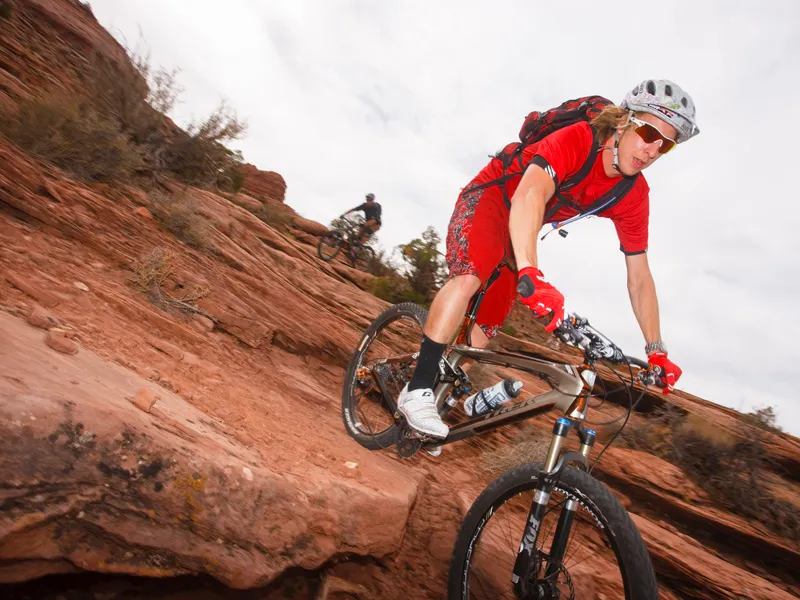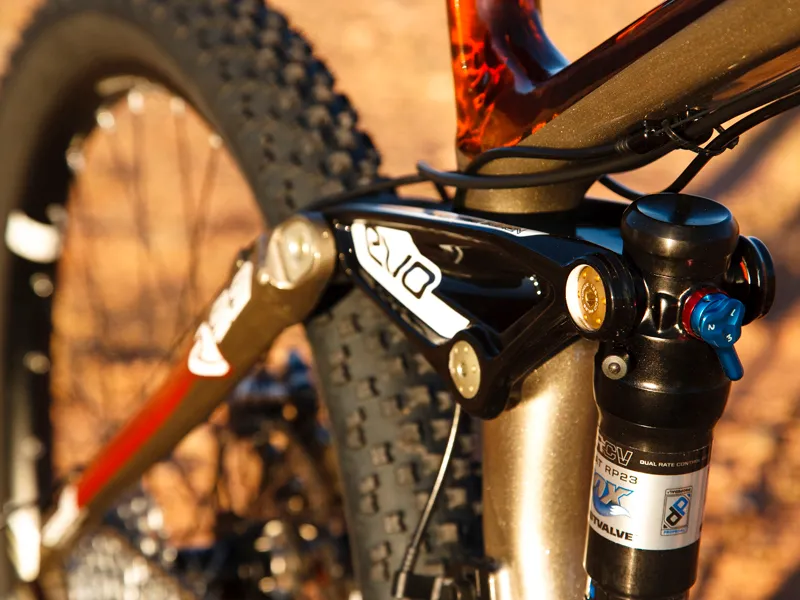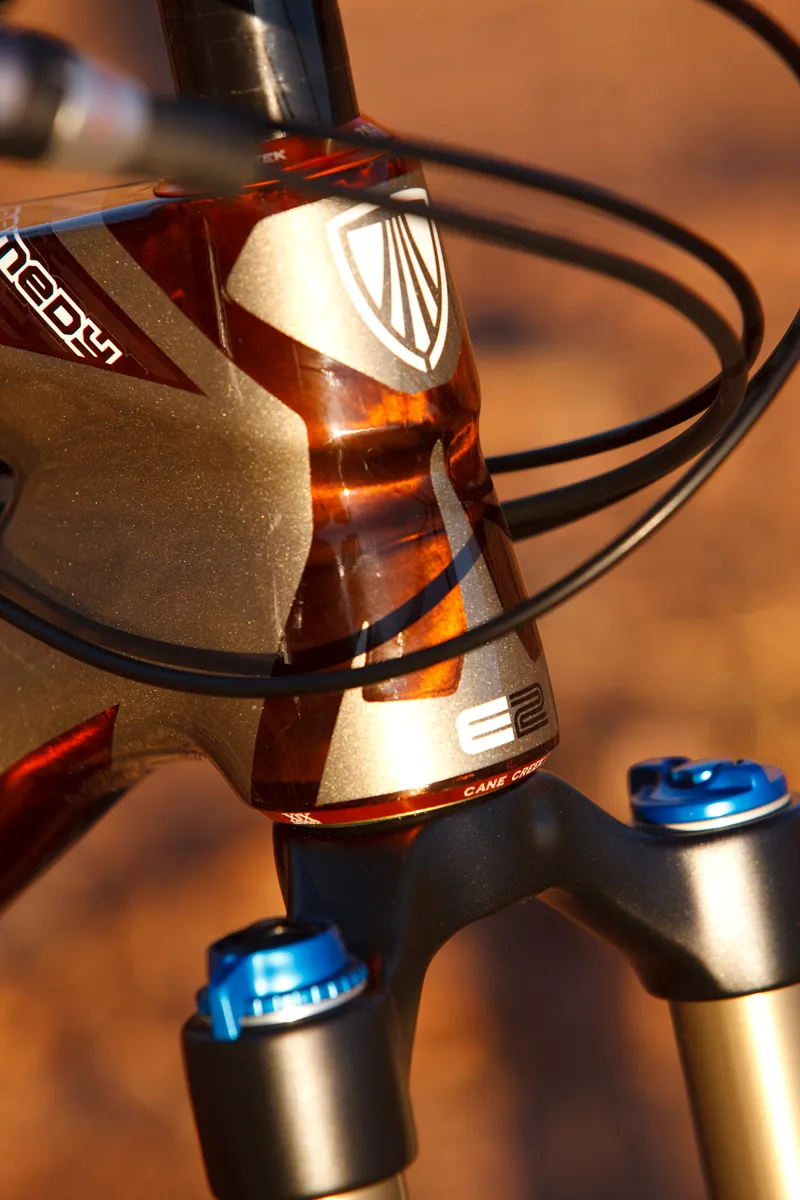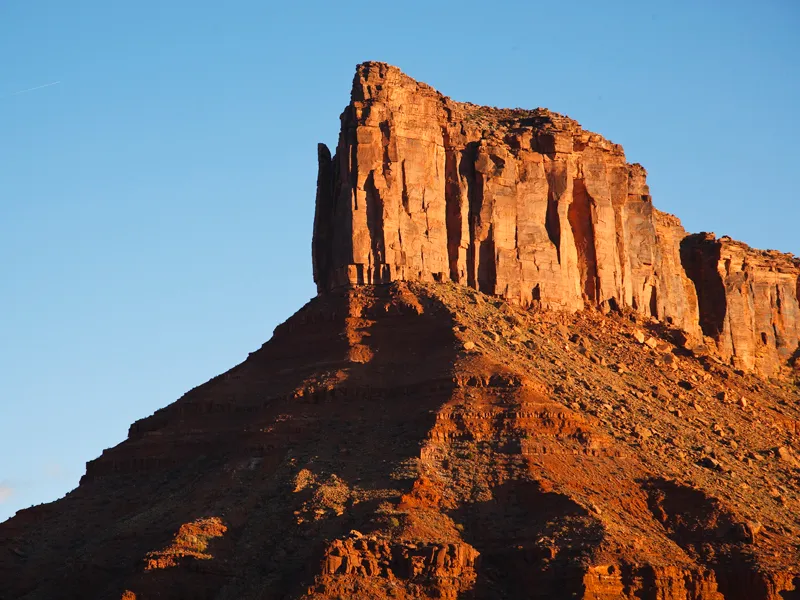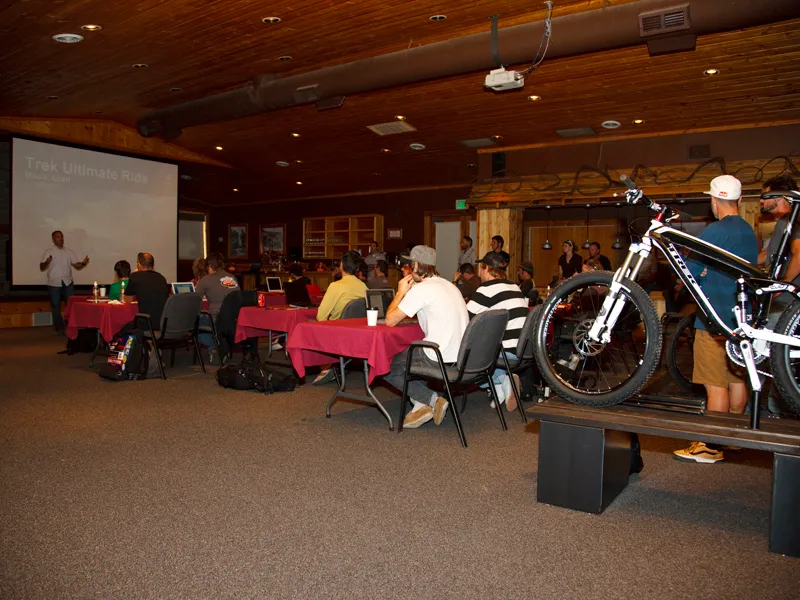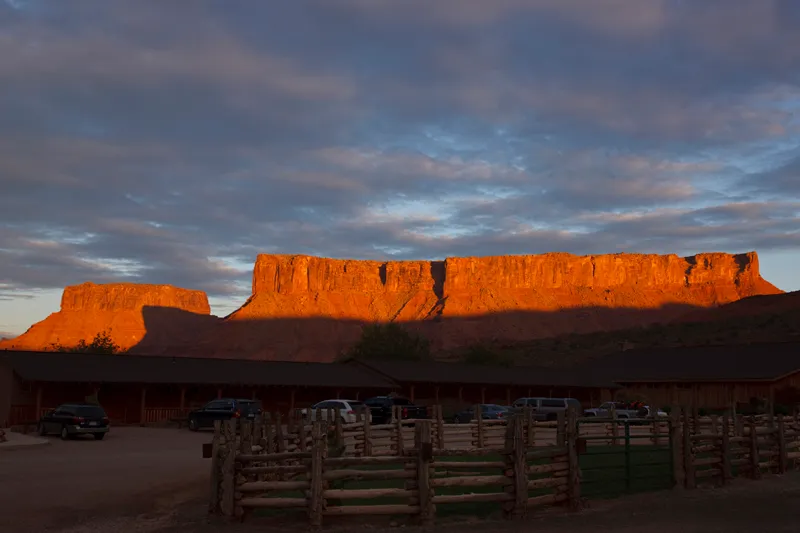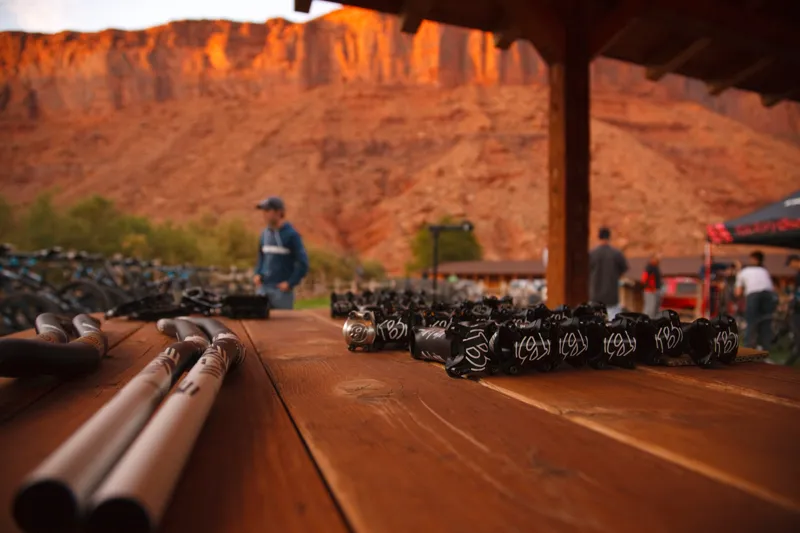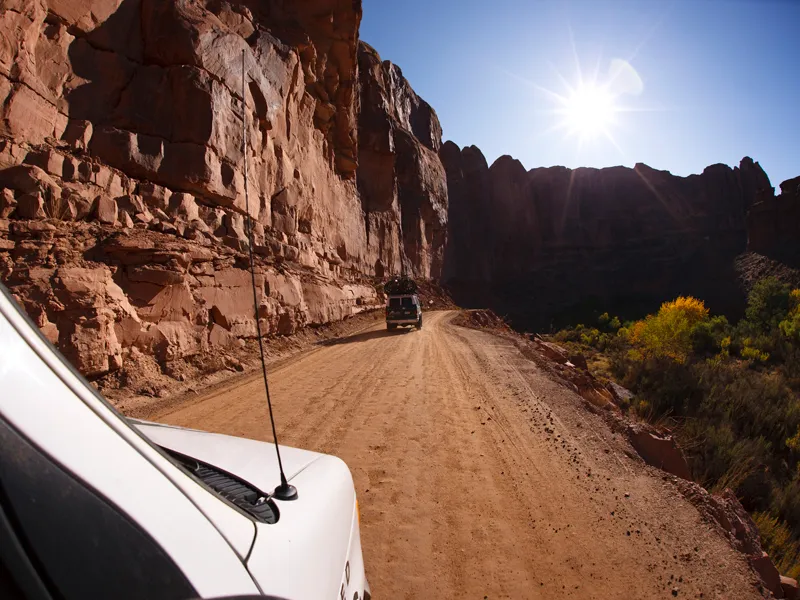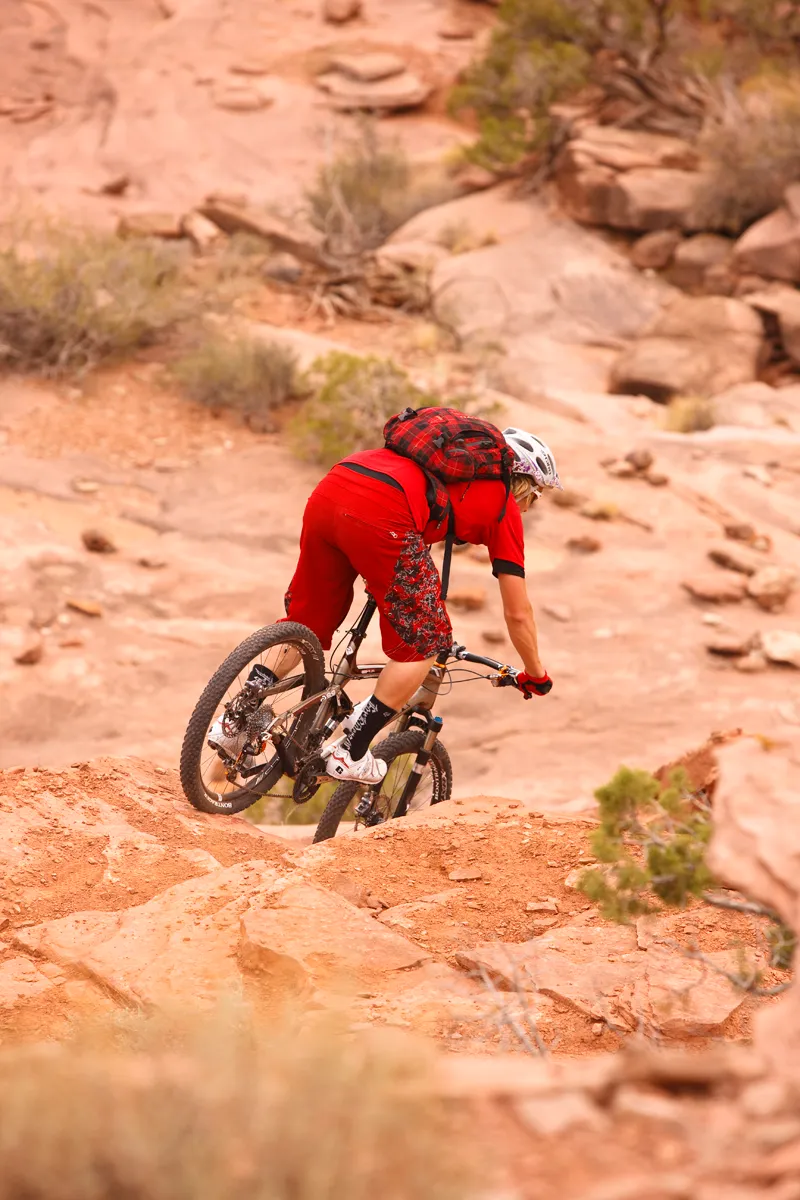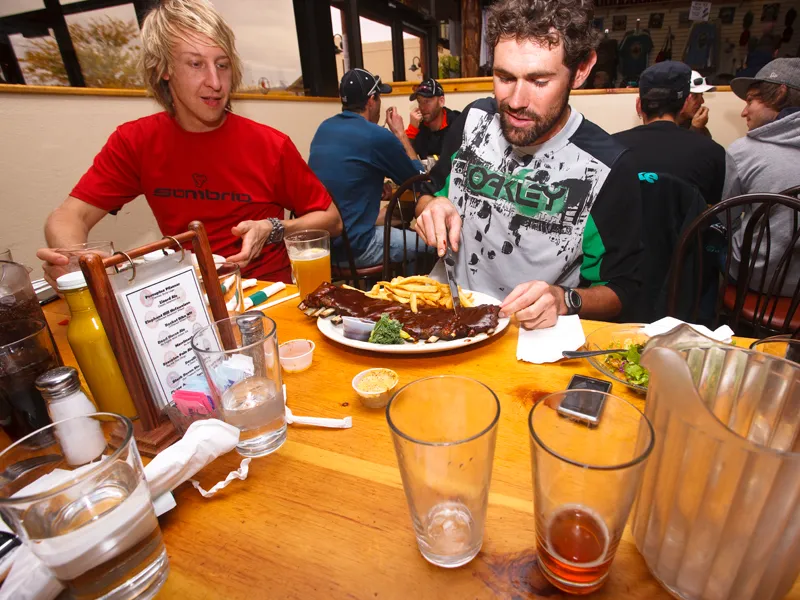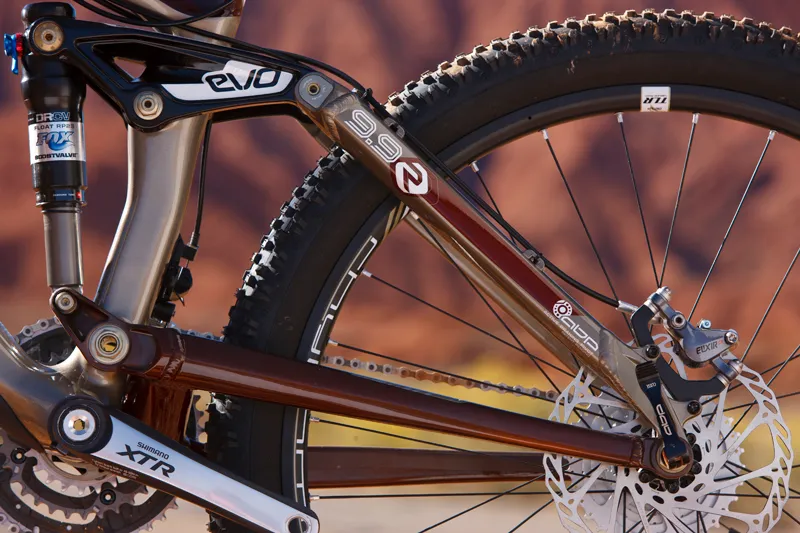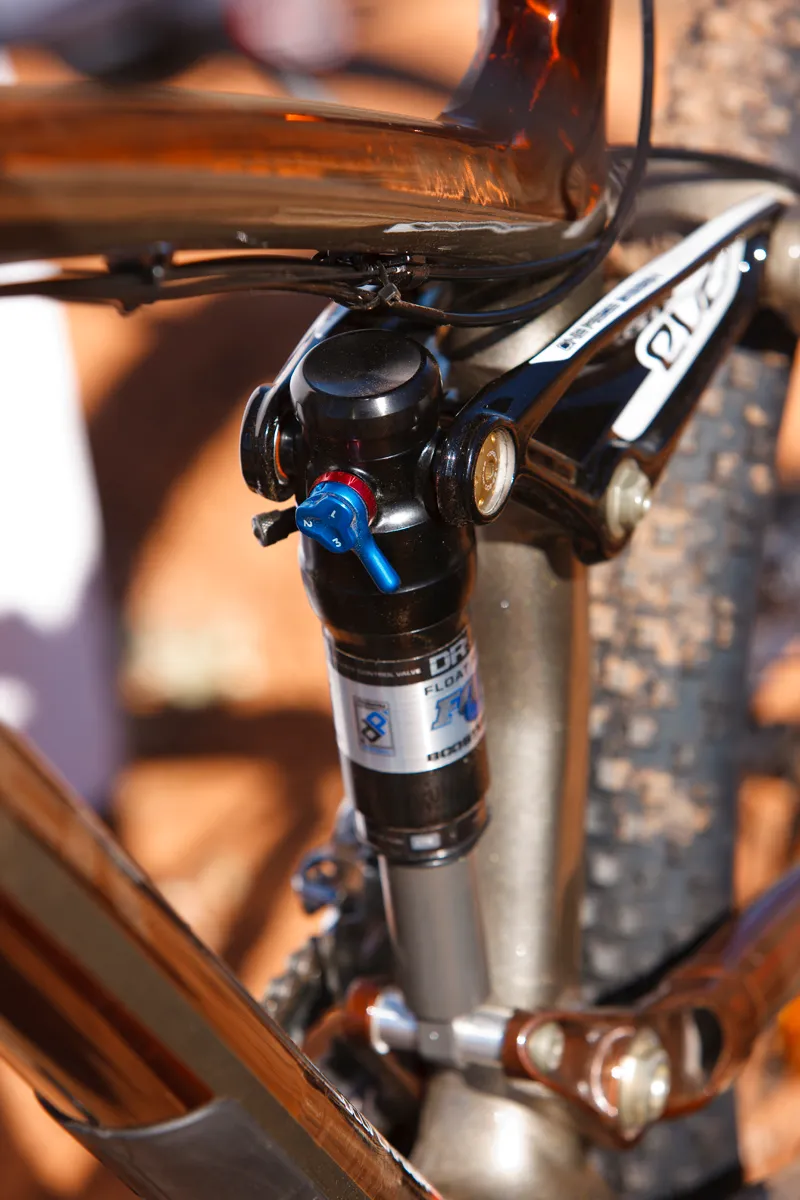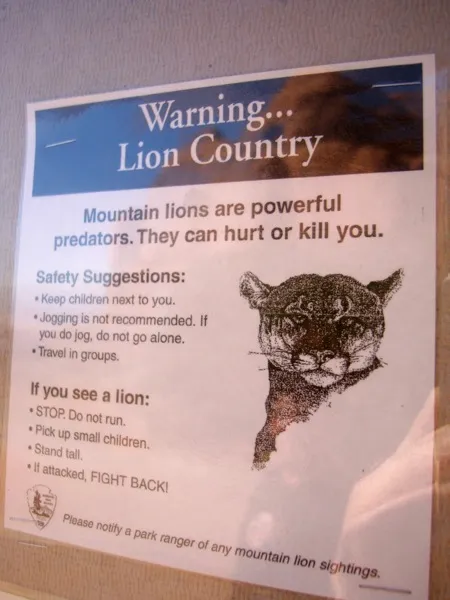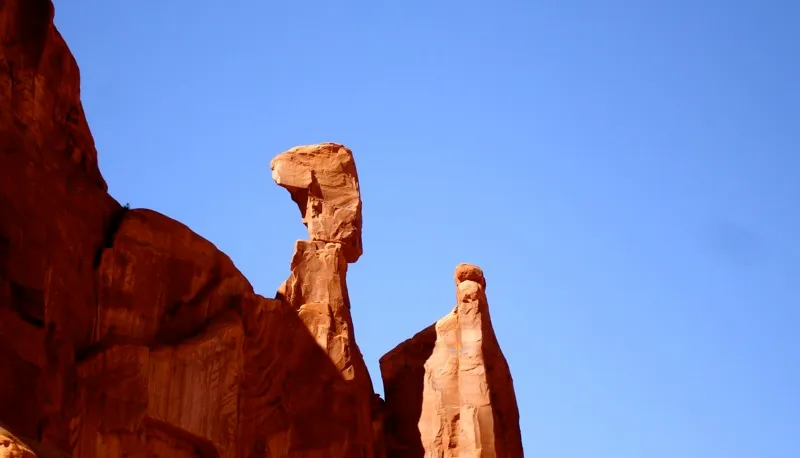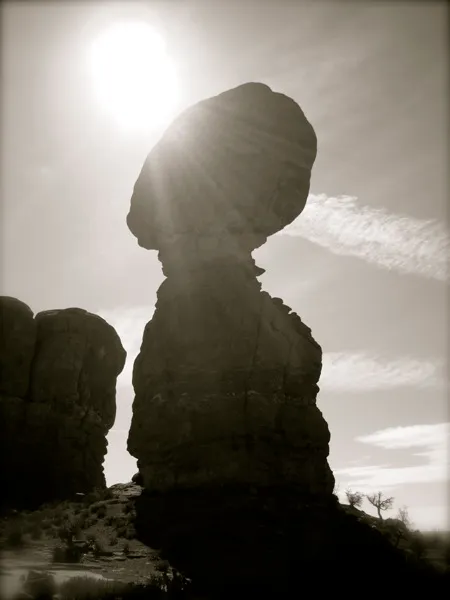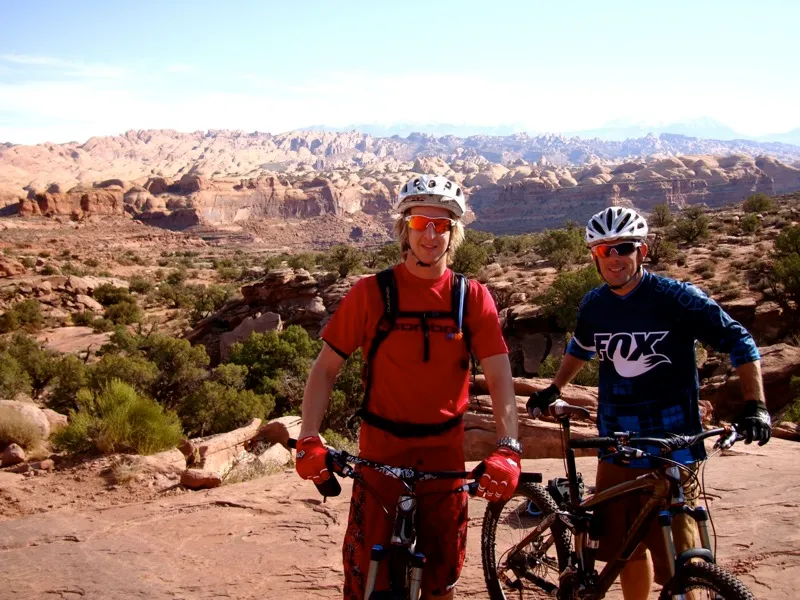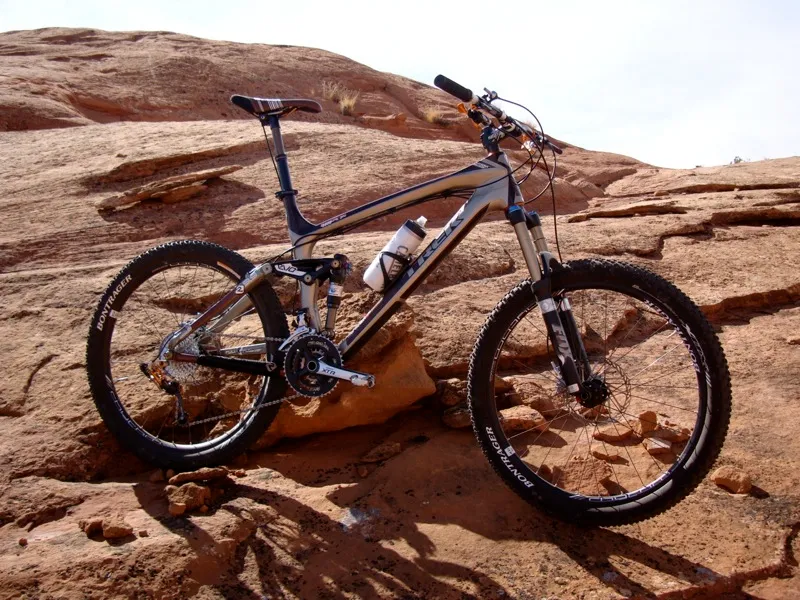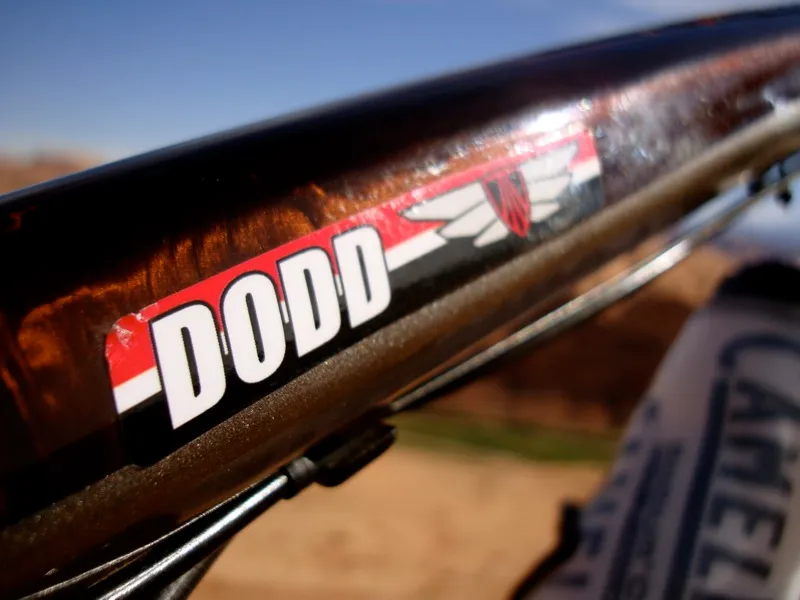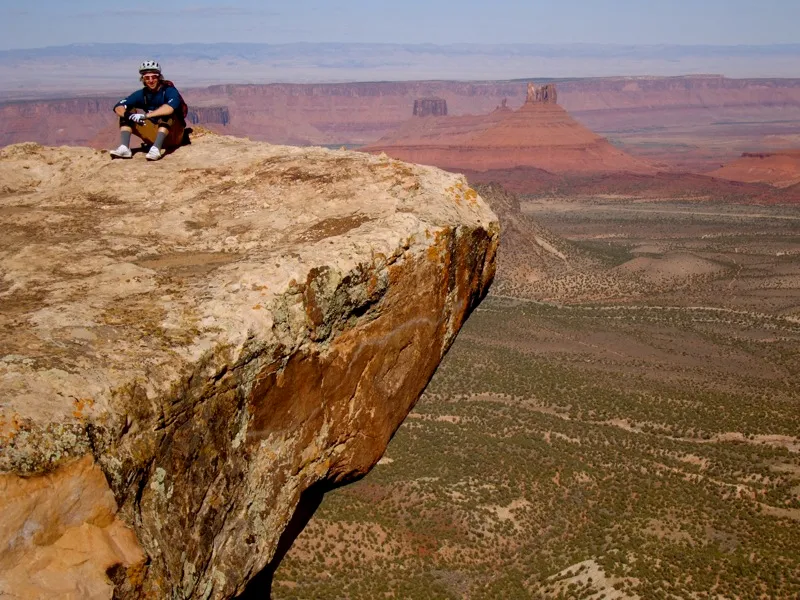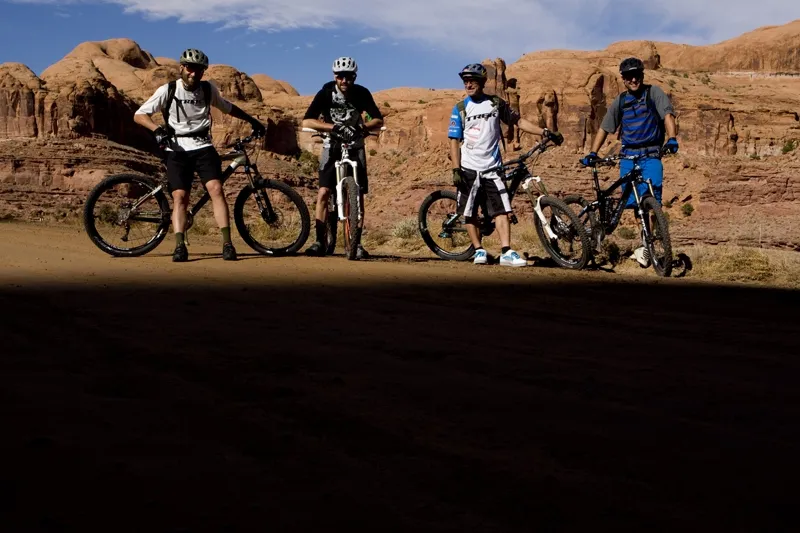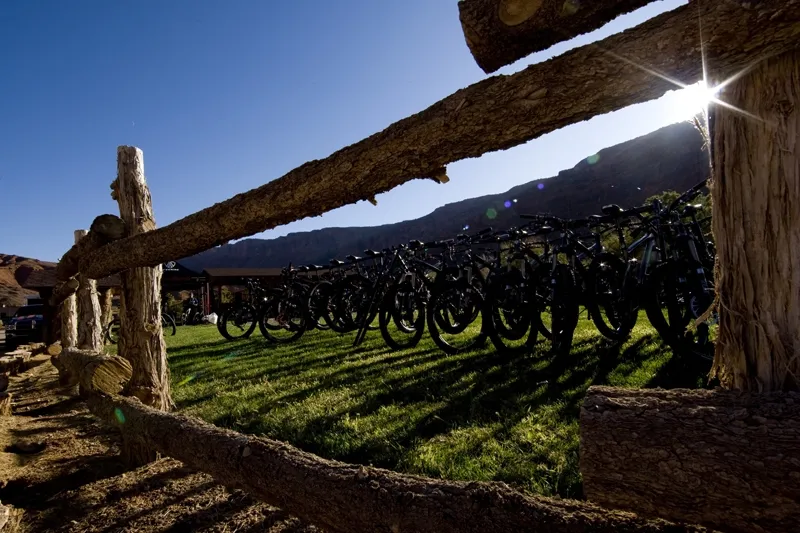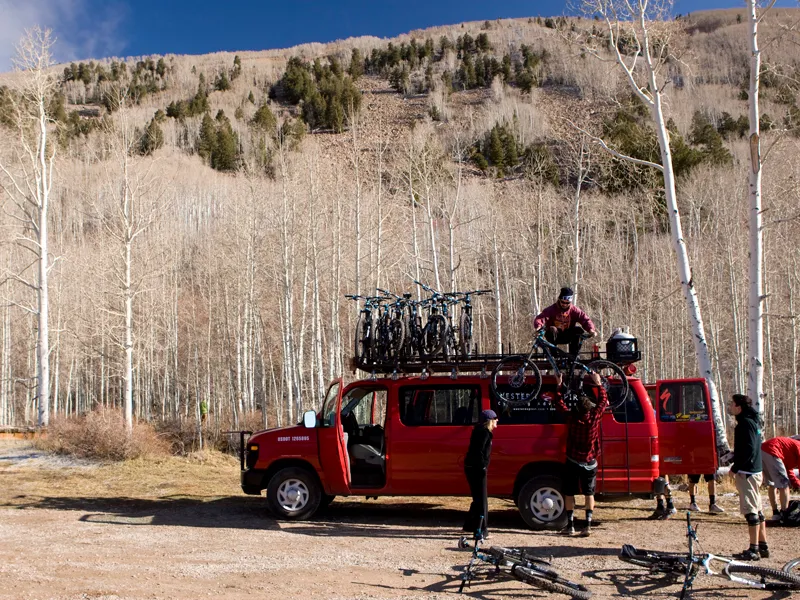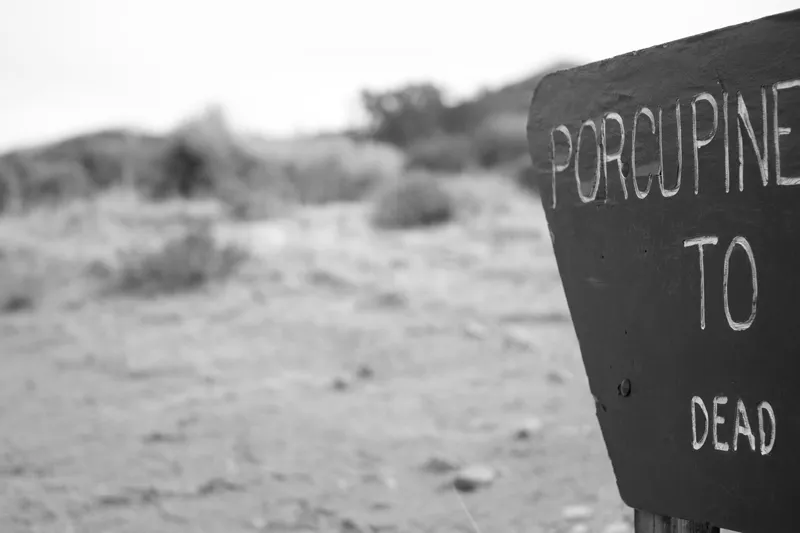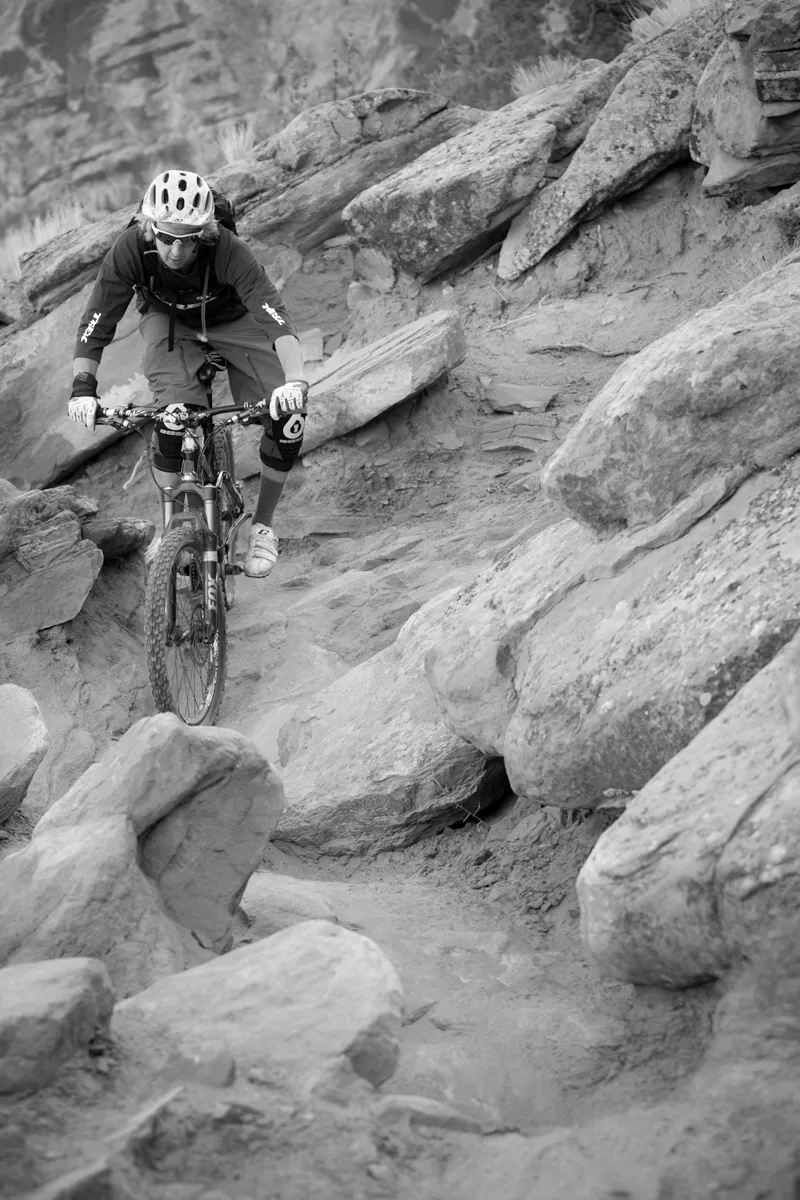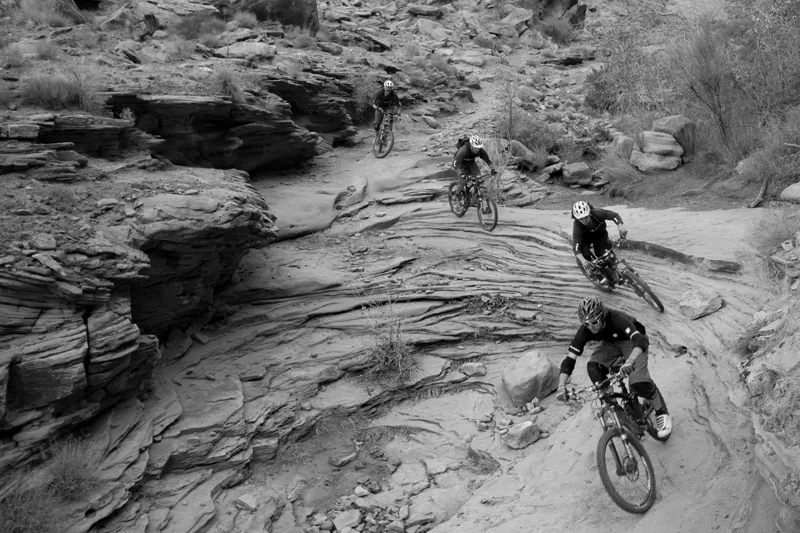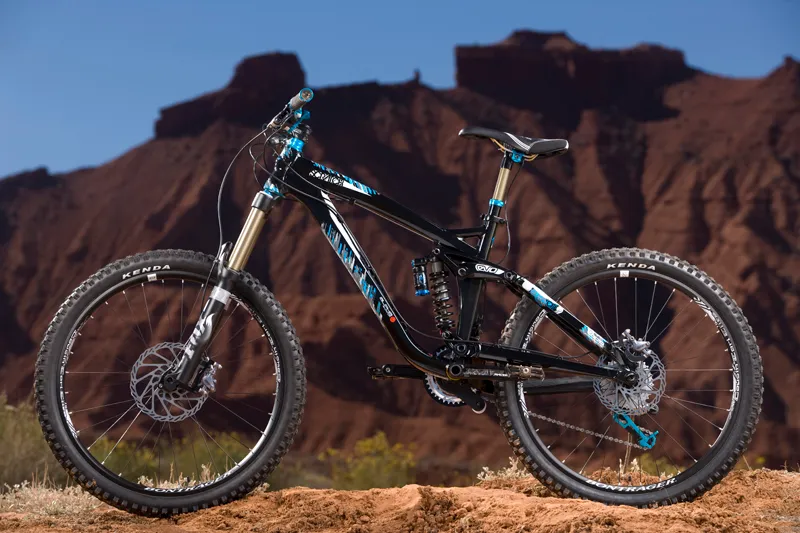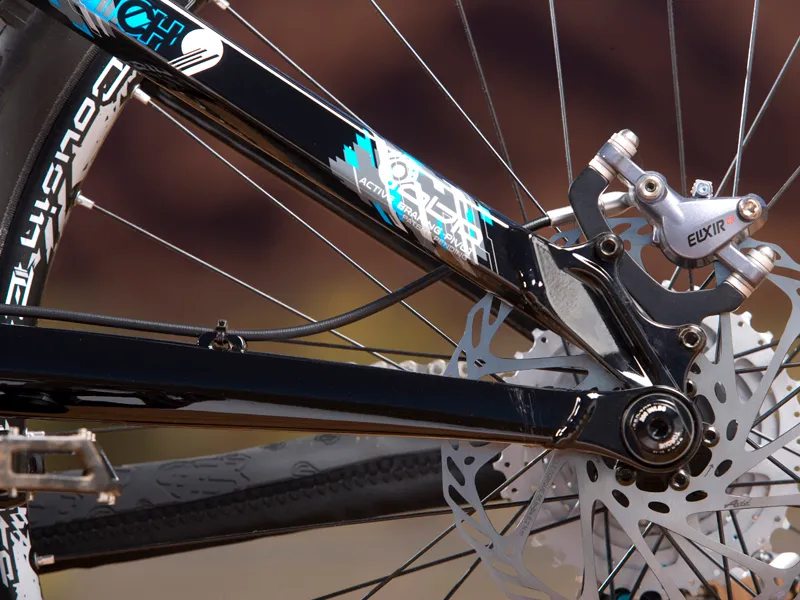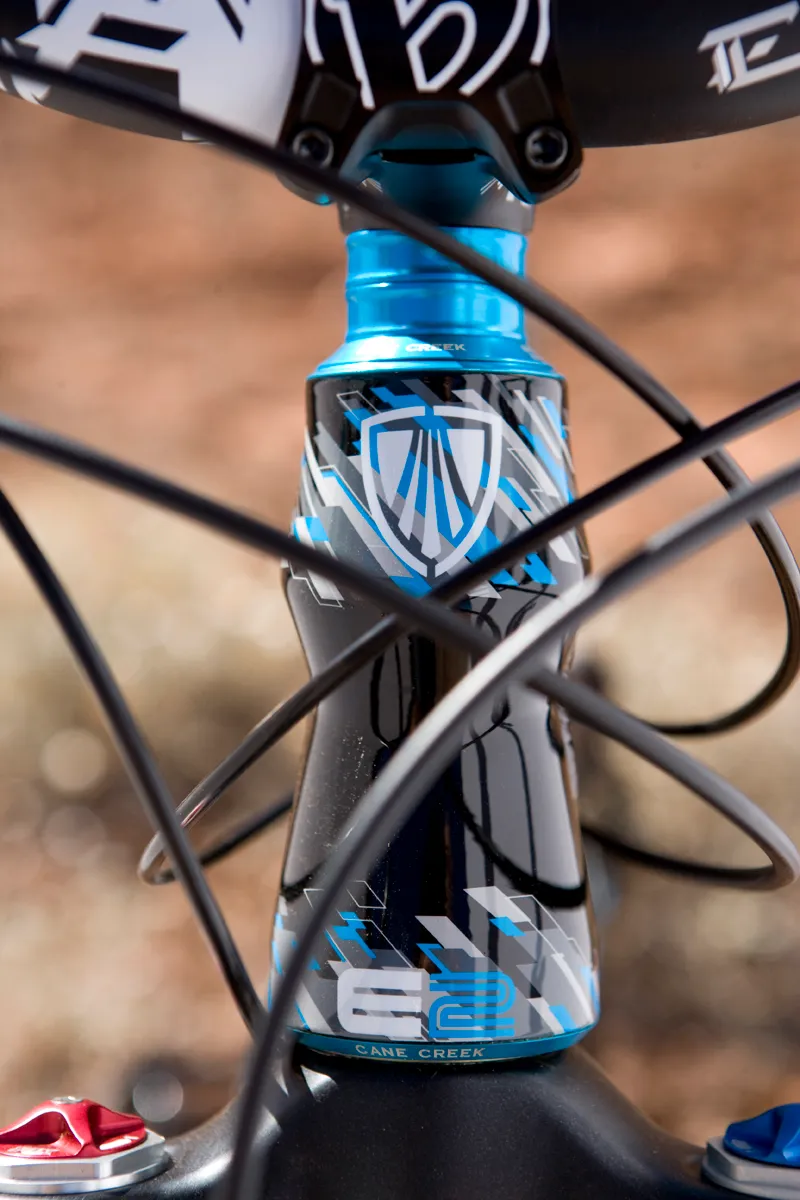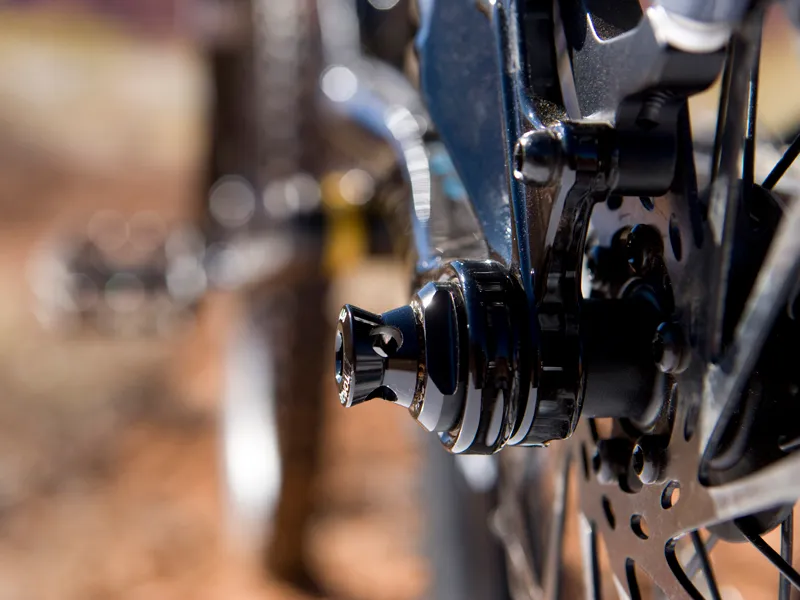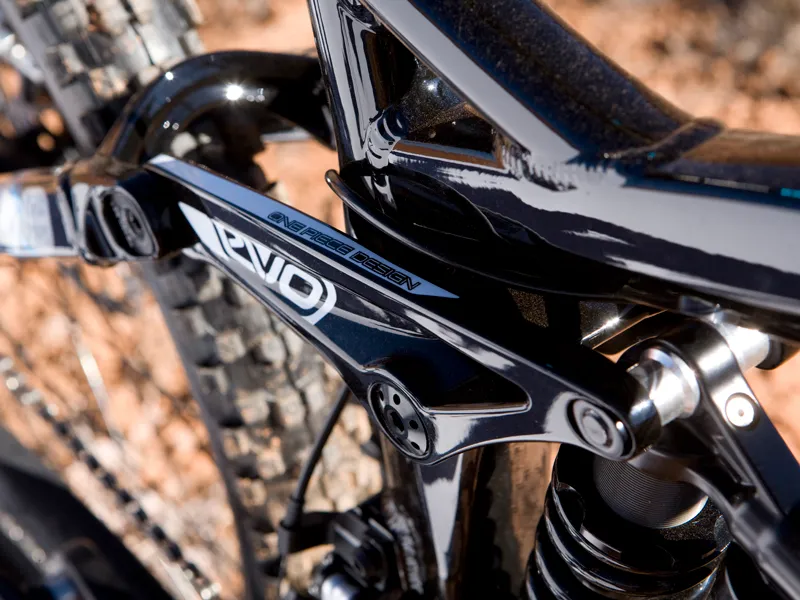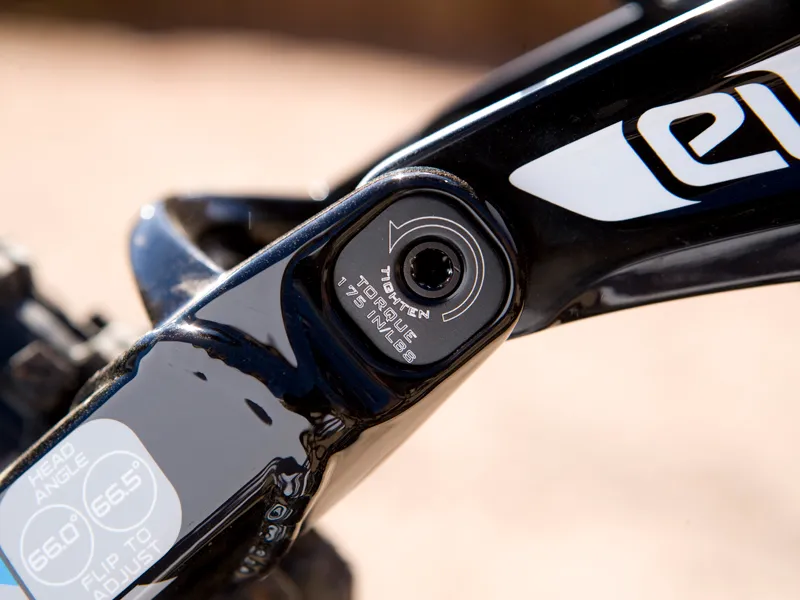It’s only been two years since we were blown away by the original Trek Remedy at its press launch in Mexico's CopperCanyon, but the company's suspension guru Jose Gonzales clearly has ants in his pants.
The guy just can’t stop pushing technology and searching for the next big thing. And judging by the pace he sets out on the trails, he spends a lot of time refining those developments.
The original Remedy was very compliant, but we found we always had to run it with around 40 percent sag due to the dead point in the stroke that air shocks can suffer from.
So our ears pricked up when we heard the new-and-improved 2010 Remedy would come with a DRCV (Dual Rate Control Valve) shock designed to eliminate this, plus a few other key tweaks, such as a lighter fork, carbon frame and lower profile rear pivot.
And then we heard about the Scratch – Trek’s new platform that bridges the freeriding gap between the Remedy and the amazing Session downhill frame. We couldn't wait to try out both bikes for ourselves.
26in Mecca
Moab, Utah is one of the most famous riding spots on earth, and was the perfect destination for testing the new Remedy and Scratch platforms on a variety of terrain. Slickrock is what springs to mind when you hear Moab mentioned, but there was far more on offer there to put the bikes through their paces.
Hermosa Tours, operated by Matt McFae and his great team, are a fairly compact, specialist company who operate premium tours in Utah, Colorado and California with lots of whistle-worthy destinations. For our trip to Moab, we stayed at the fantastic Red Cliffs Lodge – cool little log cabins in a jaw-dropping setting.
With nearly 30 hacks from various magazines and websites at the launch, and two bikes to test, the group was split in to two – BikeRadar’s first ride was on the Remedy, followed by the Scratch on day two.

A row of Trek Scratches itching to be ridden at Red Cliffs Lodge
Remedy Carbon
The 6in-travel portion of the all-mountain market is somewhat divided at the moment – some people are building machines ready to take on only the gnarliest tracks, whereas others are building trail bikes that are designed to be ridden all day across all kinds of terrain.
This is where the new Remedy fits in. Last year the platform was fitted with a RockShox Lyrik or Fox 36 fork, each boasting 160mm of travel. For 2010, the slimmer Fox 32 with 15mm through-axle and 150mm of travel changes the Remedy’s target rider – and drops a big lump of weight off the bike to boot. Being on the lofty side, we rode a 21.5in model, which tipped the scales at approx 28lb (13kg) – astonishing for such a capable bike.
Our ‘test’ ride for the day was the infamous Amasa Back Loop, but incorporating the Rockstalker section, and Jackson’s Trail – a tidy 11.5-mile loop, combined with some riding to and from the trail. Starting with a short technical descent and a rock ledge drop, we quickly woke up to the type of ride we were on and got to grips with the Remedy.
The 2,000ft climb was littered with steep, technical sections and challenging rock steps. Everyone had a dab or two on the way up – some with comical yelps, others with lots of whinging, huffing and puffing – but our group were all good riders and the pace was constant. Apparently there were a few hold-ups from those not so familiar with hills in the other group…

The new Trek Remedy has an improved rear shock and is available with a carbon frame
Immediately noticeable was just how much more active the rear suspension felt – astonishingly so. With 25-30 percent sag dialled in, the bike sat up nicely in its travel. The DRCV shock’s two-stage compression eliminates the dead point in the middle of the stroke and maintains a linear feel, giving a very compliant ride.
Its secondary stage is operated by a simple push rod that’s depressed when the main shaft nears the end of its stroke. The transition is seamless. This, combined with the lighter and twitchier feeling front end, made for a bike that climbed excellently. We didn’t even feel the need to use the Talas travel adjust system on the fork to lower the front end on the steep climb.
Plateauing on the Amasa trail we were treated to breathtaking views, and the chance to take some tourist snaps was too good to miss. The epic scale of the terrain made your eyes go funny, it was so vast.

Classic steep-ass Slickrock climbing. This stuff is as grippy as fresh skateboard tape
Once at the top, we were told things were about to get fun – and rocky. We feared the lightweight carbon frame would be in danger of taking a pasting from flying rocks and such, but we needn't have worried – Trek redesigned their OCLV (Optimum Compaction Low Void) technology especially for this all-mountain application.
To avoid cracking and splintering, Trek have layered and armoured their carbon. And they've put it through its paces using a similar anvil strike test to that used by Boeing to simulate objects hitting aircraft.
The test simulates a 150g rock hitting the tubeset at 38mph, and it had virtually no effect on the OCLV carbon. But just in case, Trek have also added rubberised armour on the underside of the down tube – something many Session 88 riders will no doubt be screaming out for.
Descending was a joy on the Remedy. With a CrankBrothers Joplin post as standard, its all-mountain ability encouraged us to let rip. The lighter fork felt a little twangier than the previous 36, but given the bike's light weight, coped admirably. You could fit a bigger fork, granted, but that would go against Trek's intentions for the bike. If you want more travel and a bit more beef, the Scratch will be right up your street.

Doddy droppin’ in on the Remedy
Scratch that itch
The Scratch is a new platform that sits between the Remedy and the Session downhill bike. The previous Session FR was a little too much for most, and the Remedy had more of an all-mountain feel, so the Scratch is bang on the money for freeriding.
It features a tapered head tube up front, a down tube that looks just like the one on the Session, and the same impressive Full Floater suspension system as the Remedy and Session. Geometry is adjustable via the Mino Links – reversible inserts joining the seatstays to the Evo Link, Trek’s one-piece rocker. The Scratch also benefits from a steep seat angle and a full-length seat tube so you can raise your saddle for better pedalling.
The Scratch ride was on the famous Whole Enchilada trail, starting at 11,200ft in the La Sals and dropping down to the Colorado River via 23-odd miles of downhill over its 7,000ft drop. Due to inclement weather conditions, we didn’t drop in from the very top, but still managed a long ride on some of the best trails on the planet.
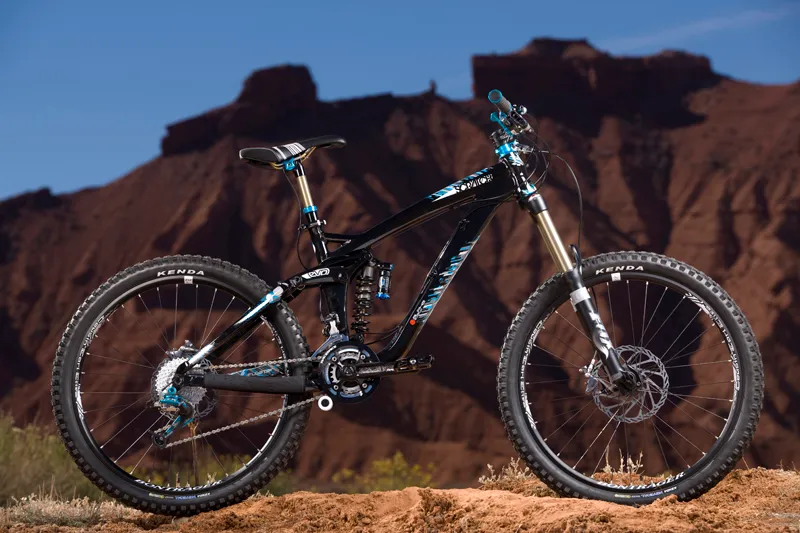
The Trek Scratch sits between the Remedy all-mountain rig and Session downhill bike
At first, the uphill and flat sections left us feeling a little demoralised, as the Remedy would have loved this terrain. Although light for its burly strength and freeride leanings, the Scratch was a little much for this portion of the ride.
However, when the trail opened up and things got fast and rocky, the grins came out and that imaginary throttle opened up. We 'train'-ed Jose Gonzalez through some of the faster and rockier sections – the guy’s no slouch and can really let rip. It’s reassuring to know that companies like Trek follow the ‘designed by and for’ strategy.
With 170mm of rear wheel travel using the Full Floater system born on the Remedy and refined for long travel on the Session, the Scratch came to life on the downhills. We ran ours on the 66-degree head angle setting, and enjoyed the plush ride of the Fox RC-4 coil shock. Some riders reckoned the rear end didn’t feel quite as plush as the Session – but with shorter travel, and an infinitely more practical design, it shouldn’t.

Doddy tearing through the aspens on the Whole Enchilada trail
Whereas on the Remedy we’ve never really learned to appreciate the ABP (Active Braking Pivot) on the rear axle, on the Scratch it shone. Dragging the rear brake through rough sections had no effect on the rear end, and combined with the traction of the suspension made for a very controllable ride.
We rode the 21.5in size Scratch, which weighed approx 35lb (16kg) – excellent given the heavy seatpost, steel spring and sturdy build. It would be easy to chop 4lb off a Scratch for those looking for a long-travel all-mountain bike. Likewise, it would be easy to kit it out as a mini-downhill bike thanks to the lengthy wheelbase and the sturdy new 142mm dropouts.
Intelligently, Trek designed the rear end to have a linear feel, so it works a dream with air shocks. Adjusting bottom-out via the Boost Valve on the coil-sprung Fox shock is a cinch.

Trek team rider Andrew Shandro testing out the traction
Further down the trail we hit the infamous Porcupine Rim – some of the best riding we’ve ever encountered. It has fast singletrack sections, technical rock steps and some seemingly impossible sections that made us dab, scoff, spit and swear in a way only a true Brit can. And despite having a long 46.7in wheelbase, our extra-large Scratch was easy to manoeuvre and never once felt like too much bike.
The Scratch is a very impressive and capable bike. You can build it heavy as a lightweight downhill bike, keep it stock as a do-it-all machine for hard-hitting riders or get to work on the SlimFast plan and end up with a 30lb, 7in-travel bike that’s ready for hard-as-hell riding. Whichever way you take it, the Scratch will fuel your freeriding fetish, winch its way up the climbs and hammer back down again – while your riding buddies are off the back, itching to have a go.
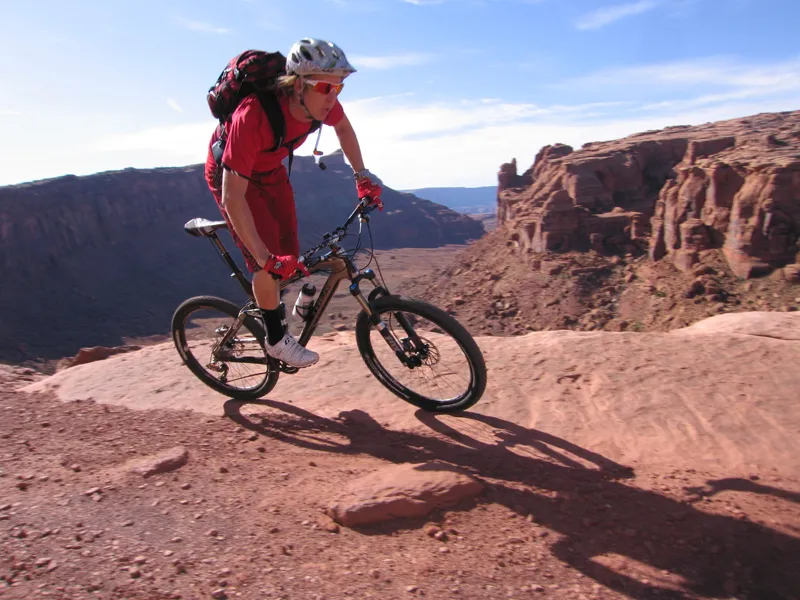
Doddy taking in the scenery on the Amasa Back trail
